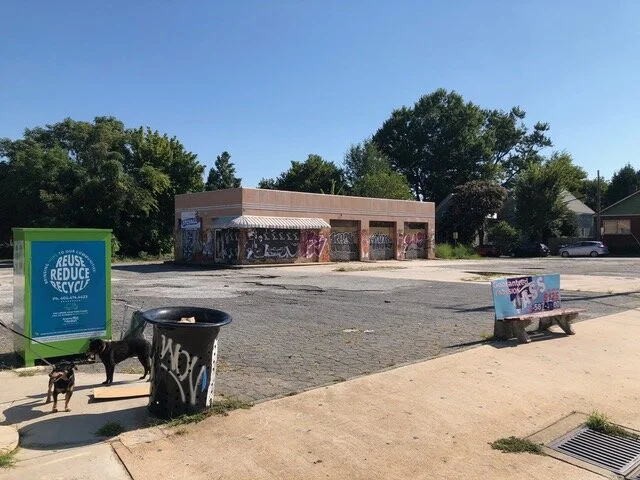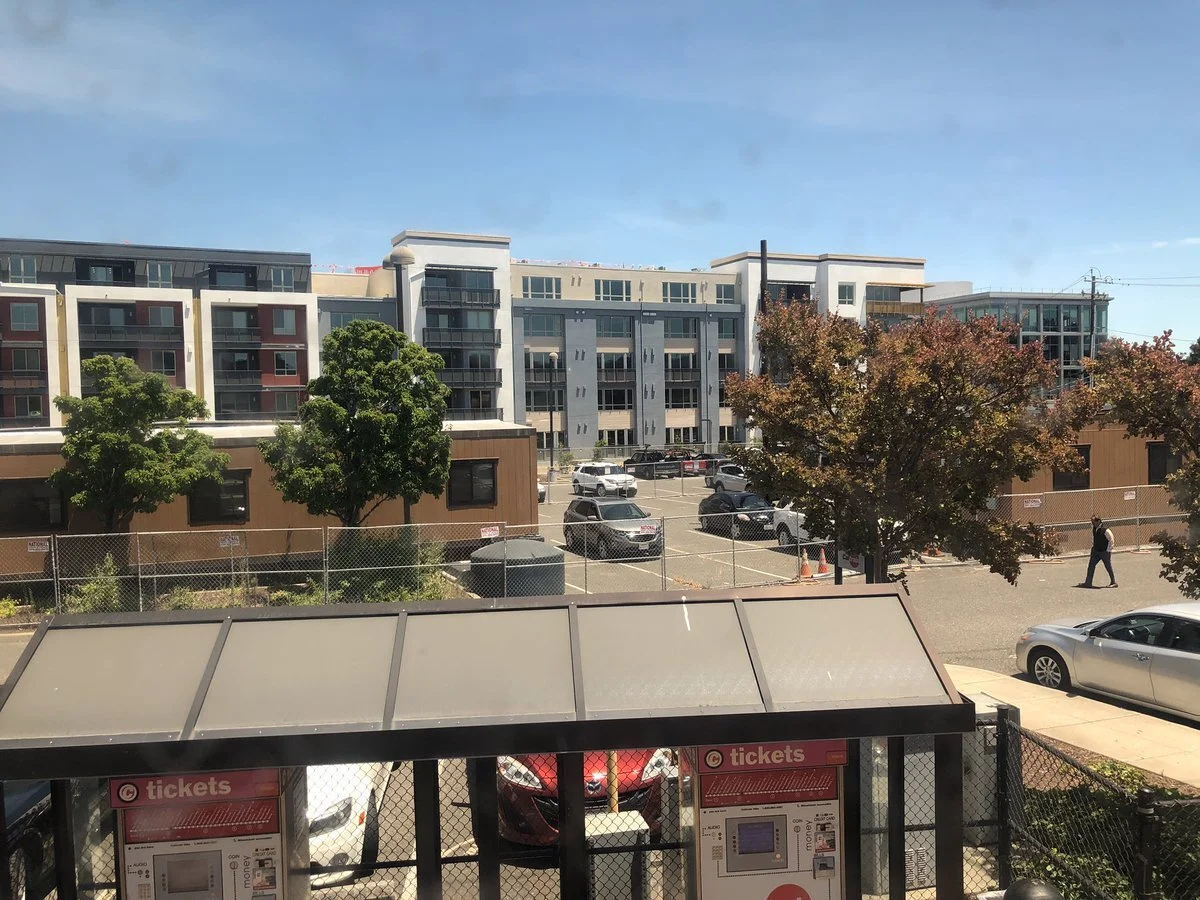Eating together can subvert partisanship, restore trust, and build stronger cities.
Read MoreHow local leaders should respond to the pandemic, the movement to end parking minimums, and the power of incremental development. Here are replays of our top webcasts of 2020.
Read MoreRural places can be walkable. But we shouldn’t have to go on vacation to find a walkable town.
Read MoreThis college town took steps to increase outside space for retail and dining. But the work didn’t stop there: Lawrence continued to learn and adapt.
Read MoreExtend the "open streets" and sidewalk dining revolution to include a fair shake for the smallest of small entrepreneurs.
Read MoreHere are the immediate steps every community should be taking to respond to the pandemic.
Read MoreThe myth of capitalism, social alienation and the rise of populism, a young entrepreneur creating opportunities for other entrepreneurs, and more. Here are 7 of our favorite podcasts of 2020.
Read MorePeople are running the numbers in their cities and confronting head-on the absurd un-affordability of the Suburban Experiment.
Read MoreA lot of bad public engagement sets the impossible goal of identifying the community’s “vision” for a place by asking people about their preferences—usually with questions they’re ill-equipped to answer. There’s a better way.
Read MoreAn unproductive intersection looks different to different people: engineers, departments of transportation, tax assessors, etc. But bringing it to life starts with seeing it through still someone else’s eyes.
Read MoreAccessory Commercial Units spur entrepreneurship and build a city’s prosperity. The problem? Many zoning laws make them functionally illegal.
Read MoreCentralized systems are good at getting us cheap food, cars, and toilet paper—until they’re not. They’re also really bad at isolating deadly outbreaks.
Read MoreLarge swaths of our cities were built to reflect a post-World War Two boom that was an economic anomaly. But that party is long over…and, in many ways, wasn’t that great to begin with. So why do we keep romanticizing the past rather than thinking about the cities we need now?
Read MoreUntil America gets its infrastructure priorities straight, the last thing we need is to pump more spending into a broken system. 2019 felt like a breakthrough year for our call for #NoNewRoads, one in which we had more influential allies and receptive ears on this point than ever before.
Read MoreMost neighborhoods face a stark choice between the trickle or the fire hose: either virtually no new development or investment, or cataclysmic change that leaves a place unrecognizable. We need to get out of this destructive dichotomy.
Read MoreTwo simple photos show the difference between a street simply designated 20 miles per hour, and one actually designed to be safe. We can't regulate our way to safety.
Read MoreCan a humble corner bookstore make your city wealthier and more resilient? These small businesses have surprising staying power—and in many ways are an indicator species of a strong neighborhood.
Read MoreAffordable housing shortages in California (and other states) are worsened by a go-big-or-go-home model of development: we throw up so many barriers in the face of incremental change that the only building projects that remain viable are huge, complicated ones with many possible points of failure.
Read MoreProfessional planners are trained to yearn for tighter urban design controls, as if cities without comprehensive, top-down planning would devolve into chaos and disorder. In reality, cities evolve according to mechanisms that allow us to gradually discover optimal urban design across time.
Read MoreWhy all these new storefronts are sitting vacant.
Read More



















